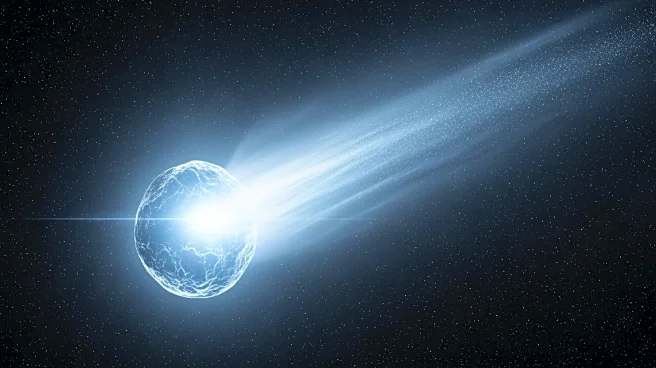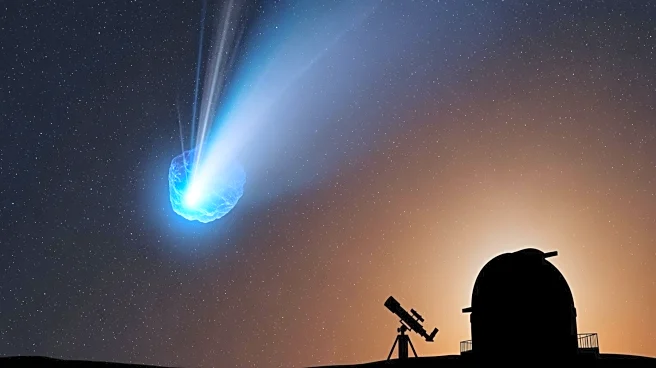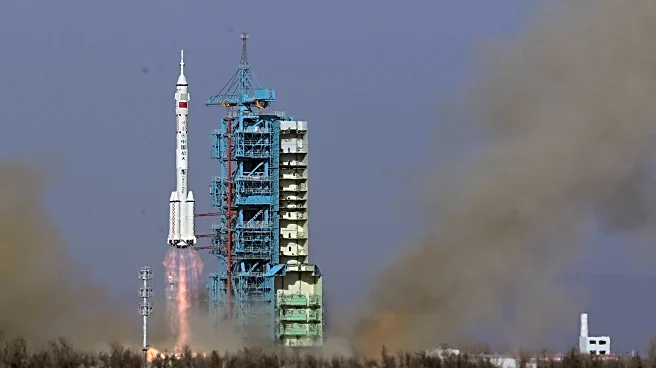What's Happening?
Astronomers have confirmed the existence of 40,000 near-Earth asteroids (NEAs), marking a significant milestone in tracking celestial objects that pass close to Earth. These asteroids range in size and
pose varying levels of risk, with some capable of causing significant damage if they impact populated areas. The Near-Earth Object Coordination Centre, part of the European Space Agency's Planetary Defence Office, plays a central role in monitoring these asteroids and assessing their potential threat. The discovery rate has increased exponentially, with new telescopes and survey systems contributing to the identification of NEAs.
Why It's Important?
The confirmation of 40,000 NEAs underscores the importance of planetary defense efforts in protecting Earth from potential asteroid impacts. By tracking these objects, scientists can predict their paths and assess the likelihood of future collisions, allowing for timely interventions if necessary. The growing catalog of NEAs enhances our understanding of the solar system's dynamics and the risks posed by celestial objects. The advancements in detection technologies and international collaboration are crucial for ensuring the safety of our planet.
What's Next?
The focus will continue to be on identifying mid-sized asteroids, which are harder to detect but pose significant risks. New telescopes, such as the Vera C. Rubin Observatory, will enhance detection capabilities, increasing the discovery rate of NEAs. Efforts will also be directed towards developing deflection strategies for asteroids on collision courses with Earth. Missions like ESA's Hera and Ramses will study asteroid impacts and close flybys, contributing to the development of reliable planetary defense techniques.
Beyond the Headlines
The tracking and study of NEAs highlight the intersection of science, technology, and public safety. The efforts to monitor and mitigate asteroid threats reflect a global commitment to planetary defense, emphasizing the importance of international collaboration. The advancements in detection technologies also contribute to our understanding of the solar system's history and the formation of celestial bodies. The ongoing research and missions serve as a reminder of the dynamic nature of space and the need for vigilance in protecting our planet.












